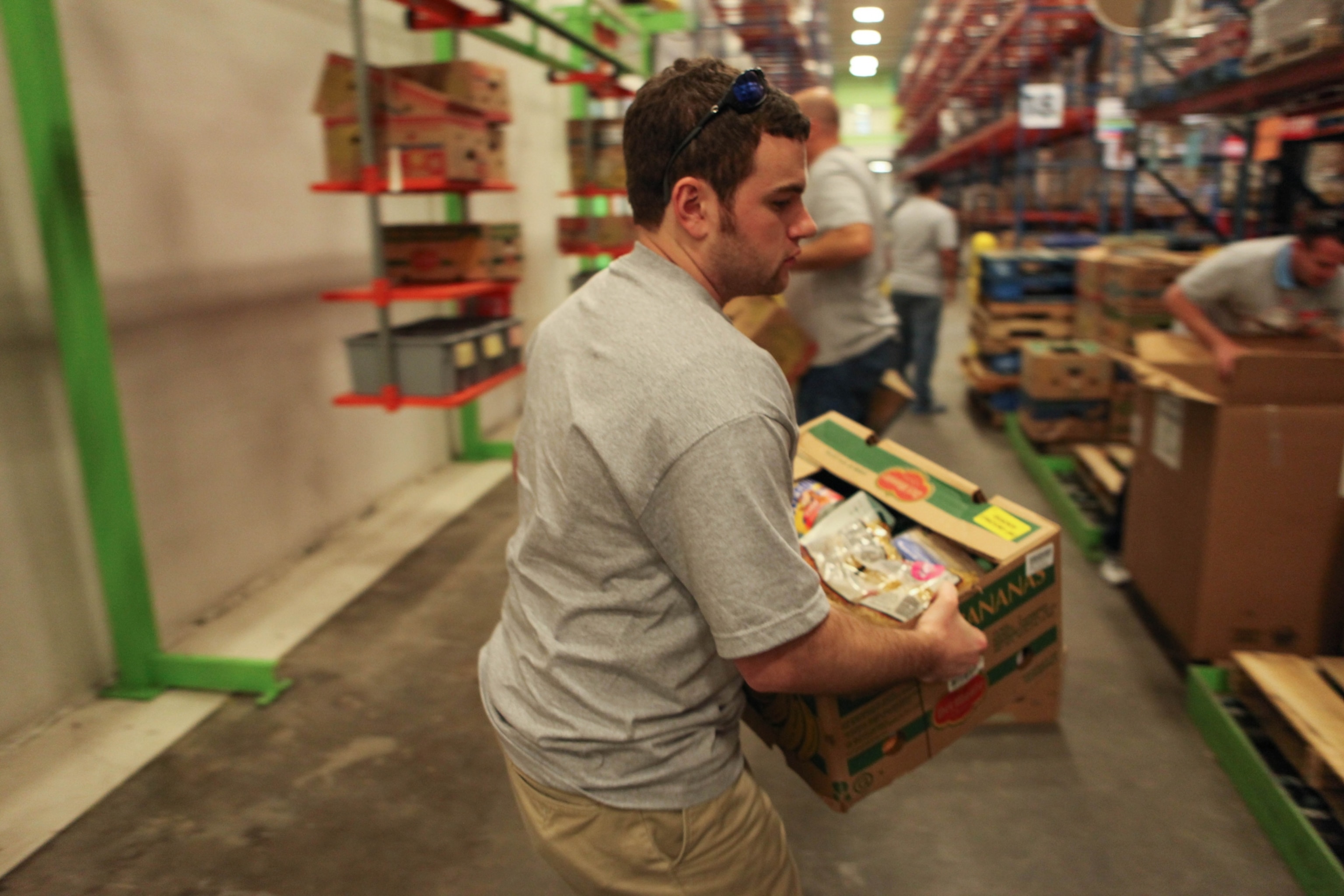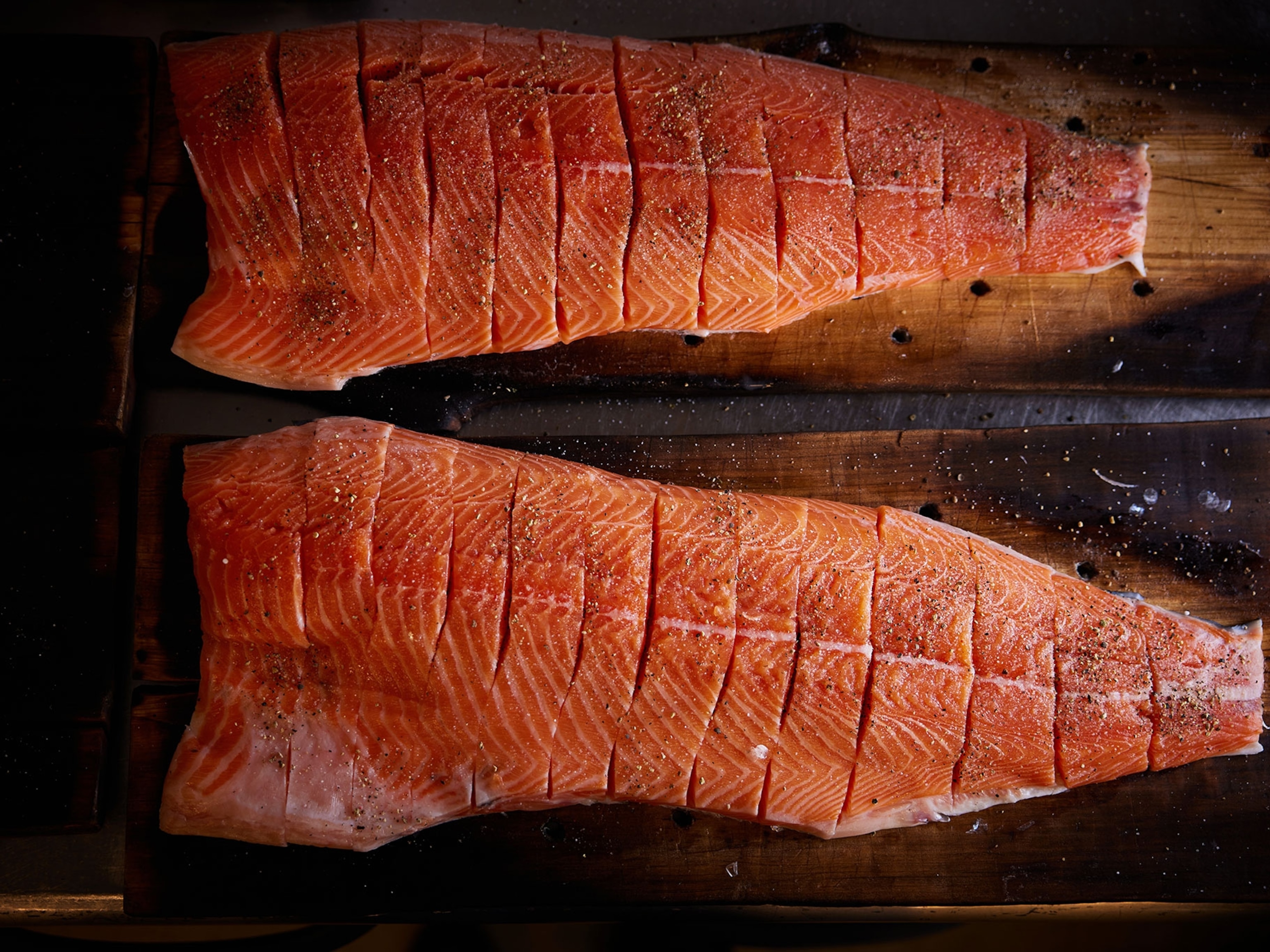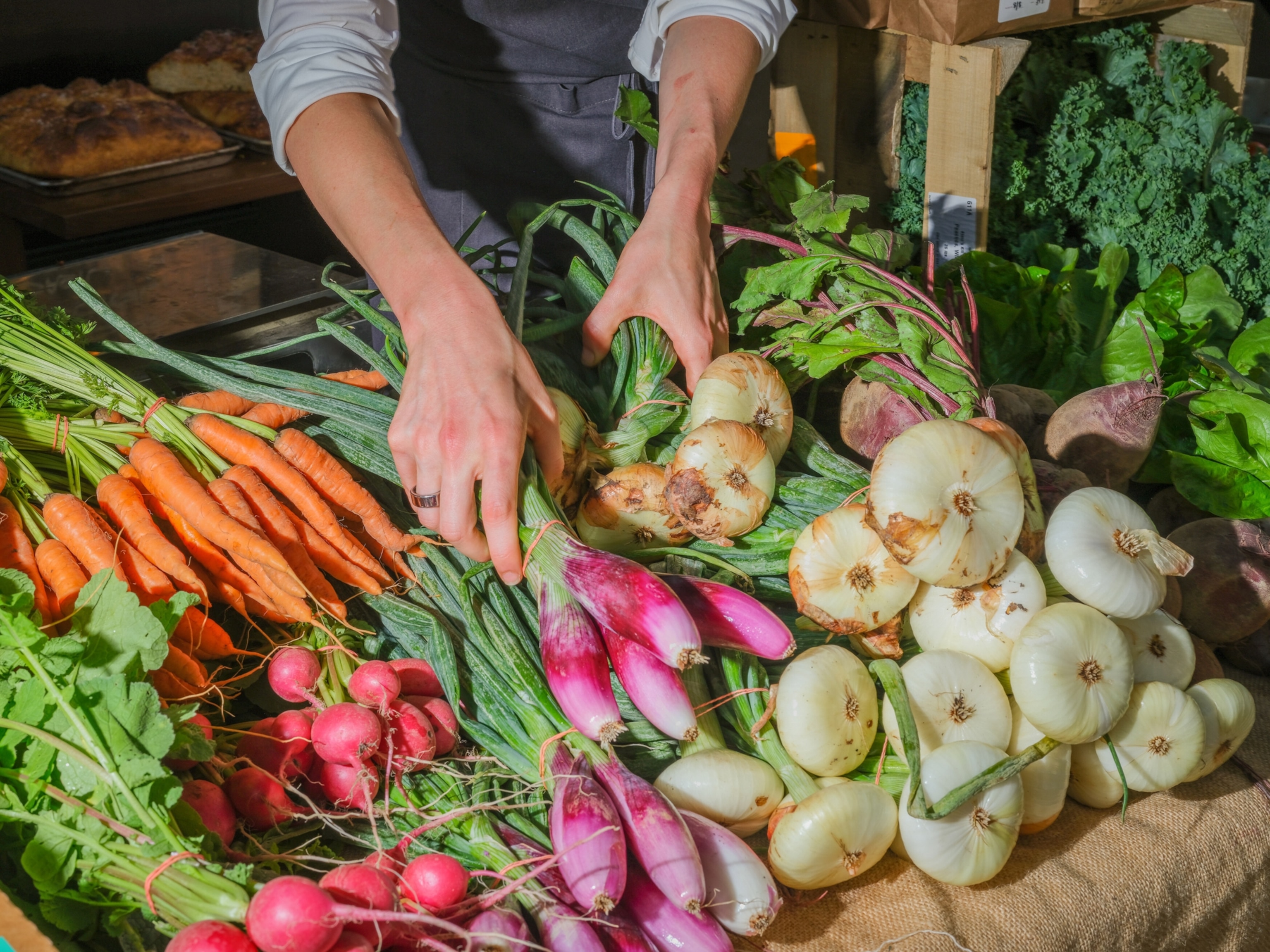
While U.S. Economy Improves, Food Insecurity Lingers
Dawn Pierce of Boise, Idaho, still remembers the time her colleagues suggested a potluck lunch at work. “I called in sick that day because I couldn’t bring anything,” she tells The Plate. “I couldn’t afford it. I was so embarrassed.”
Pierce was a paralegal and a single mom who often found herself scrambling for her family’s next meal, but she kept up appearances. When she was laid off in 2010, she knew she really needed help.
And she’s one of about 49 million people scattered around the United States of all ages, races and backgrounds who have found themselves in the position of being food insecure at some point recently, according to the U.S. Department of Agriculture.
And scattered they are.
“There is a perception among many in our country that hunger is a just a city problem,” says Bob Aiken, CEO of Feeding America, which represents 200 food banks across the country. But it’s not true, he says. “Hunger is an issue for the suburbs and rural America and the cities…” and it’s “unacceptably high in every county in America.”
Feeding America issued a report this week featuring an interactive map called Map the Meal Gap. It shows the percentage of food-insecure residents in every county and congressional district.
Here are some surprising facts from the report showing just how much our geography affects food insecurity:
- Fifty-two percent of counties with a high food-insecurity rate are rural, while only 24 percent are urban.
- The largest estimated population of food-insecure children lives in Los Angeles County, where one in four kids live with the risk of hunger. That’s about 600,000 kids.
- The highest percentage of children who are food insecure – 43 percent – live in Apache County, Arizona, home to Navajo Nation. (See Death, Taxes and the Fight Against Junk Food for efforts the Nation is undertaking to address poor nutrition.)
- Eight counties with median household incomes of $100,000 have child food-insecurity rates above 10 percent. Four of them—Loudon, Fairfax, Arlington and Falls Church City–are in Northern Virginia.
The data has remained about the same for the last five years, says Aiken, despite an improving economy, because the cost of food is high in many areas and wages are stagnant.
People are still “making trade offs between rent, utilities, medical care and food,” he says.
The impact of food insecurity goes far beyond skipping a meal or two. Long-term, it can affect kids’ ability to learn and adults’ ability to move up at work, says Pierce.
“Hunger is ground zero. You can’t do anything in life if you’re hungry,” she says.
After struggling on her own for a while, Pierce says she got over her pride and sought help from the federal food stamp program, known as SNAP. She went to her local food bank where she says she was greeted warmly.
Once she finally got help, it wasn’t all smooth sailing. Pierce recalls standing in line at the supermarket with her son when the woman in front of her, tired of waiting, said: “I should have known better than to come to the store on the first of the month with these losers and their food stamps. Don’t you feel the same?”
“I looked at her and said that my entire purchase was being paid for with my food stamps so she must think I’m quite a loser as well. I said, ‘I’m sorry you feel this way when you don’t even know me.’”
“…As I moved my cart to another lane she called out, ‘Well, you don’t LOOK like you’re on food stamps!’ …This was like a sucker punch for her to say that…in front of my son. Nobody wants to feel this way.”
Pierce persevered, shopping at night, looking for jobs during the day. She was on the program for about 14 months.
In 2014, Pierce got married. She now works as a clinical intake coordinator for a home health company. Her life is stable and happy. “I sleep great. I don’t toss and turn,” she says.
But she will never forget what it was like to be in need. She advocates for the hungry and helped get a state bill passed that would stagger SNAP payments out over a week so grocery stores could stay better stocked.
Pierce’s son, who is about to turn 21, is focused on food and helping others. He has taken college courses and dreams of opening his own restaurant some day that would apply high-end food techniques to basic ingredients available to everyone. “He says: ‘Just because you’re hungry doesn’t mean you shouldn’t get shi-shi fu-fu food,’” she says, with a note of pride in her voice.





